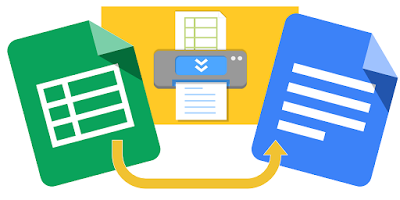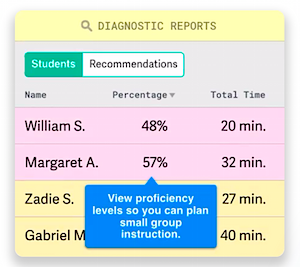Use These Apps to Help ELLs Succeed in Class
A MiddleWeb Blog
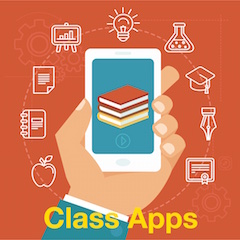
As educators, the question isn’t if we will be working with ELL students but rather what can we do to help them be successful in school?
In a previous post, I reflected on some of the learning possibilities and challenges that germinate in multicultural classrooms. Diversity always creates opportunities for increased understanding, experience, and respect for others around us.
But for many ELL students, a tremendous (and often daunting) challenge remains. It is the struggle to navigate a new, unfamiliar world of academic language—language that is crucial if they are to experience academic success (Gonzalez, 2016). With that goal in mind, below is a list of free tools designed to help English Language Learners…and their teachers.
Technology for Translation
Translating tools can be used to help teachers as they communicate with parents and support students in content-based learning and their efforts to learn, translate, and speak another language.
For example, iTranslate (available for iPhones, iPads, and many Google devices) translates and serves as a dictionary app that allows students to translate text, websites, and start voice-to-voice conversations in over 90 languages.
One of my favorite translation tools continues to be Google Translate. It works on an iPad or iPhone and supports over 90 languages.
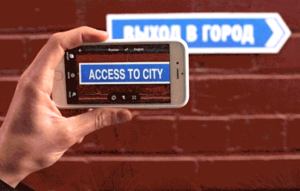
For teachers looking for something that works on a Chrome browser or Chromebook, there is a slick plug-in called Instant Translate. It decodes/translates words and phrases between 104 languages and uses text-to-speech to provide students with audio of just about anything with words on it. Many of Instant Translate’s features also work on PDF’s.
Learner Profile Tools
The more we know about each student, the easier it is to help him or her to succeed. Many educators employ technology create a learner profile of each of their students. A learner profile aims to collect data from student responses that provide insight into individual students’ interests, passions, learning preferences, misconceptions, and struggles (Taraghi, et al., 2015).
The information collected in learner profiles can be utilized by teachers to adjust instruction and/or assessment. It can also be used to help students make informed decisions about how they approach learning tasks.
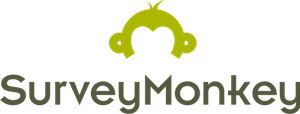
Google Forms is another efficient way to help ELL students and teachers identify topics of interest, learning strengths, and potential areas for improvement. Teachers can work independently or collaboratively with colleagues to create ‘learning questionnaires’ to share with students through a social network, an email or a simple web link. Student responses are immediately recorded on a spreadsheet.
Teachers can use the ‘Save as Doc’ feature to turn responses into a text document with the questions and answers listed. The built-in ‘summary of responses’ feature allows teachers to instantaneously view and graph individual and/or class responses.
 Reading, Writing, and ELLs
Reading, Writing, and ELLs
In past posts, I have touted Newsela due to its ability to provide ELLs with access to engaging, non-fiction topics in both English and Spanish. There are thousands of articles, all of which are available in at least 5 different reading levels. Students can access and customize the readability of the text in the classroom or at home. It’s a fabulous way for language-learners to build literacy/comprehension skills while learning more about the world around them.
Recently, I discovered Quill – a site that aims to help middle and high school students gain the ability to express, with clarity and precision, complicated thoughts in written English. Currently, Quill provides four writing tools that enable students to progressively build writing, grammar, and proofreading skills. (There’s a free basic version and an $80 per year premium teacher version with a free trial.)
In addition, the site is launching a 22-question diagnostic tool that covers vital sentence construction skills and allows educators to quickly determine which skills their students are struggling with. It even generates a personalized learning plan based on the student’s performance.
According to the site, “the diagnostic evaluates student writing using an evidence based strategy called sentence combining. This strategy explicitly teaches students how to write sophisticated, complex sentences.”
A World of Words
In many ways, school is world of words. As a result, it is often difficult for students to understand—and to be understood—particularly when trying to learn a second language.
Helping ELL’s to achieve academic success should be one of our top priorities. But…these incredible students need as much attention and language support as possible. As teachers, we are working hard. Let’s make sure that we are also working smart to help English Language Learners experience success as they strive to communicate, develop literacy skills, and learn.
References
Gonzalez, A. (2016, Nov. 1). 10 Assumptions to Rethink About English Language Learners. Education Week. http://www.edweek.org/tm/articles/2016/11/01/10-assumptions-to-rethink-about-english-language-learners.html
Sparks, S. D. (2016). Teaching English-Learners: What Does the Research Tell Us?. Education Week, 35(30), 3. http://www.edweek.org/ew/articles/2016/05/11/teaching-english-language-learners-what-does-the-research.html
Taraghi, B., Saranti, A., Ebner, M., Müller, V., & Großmann, A. (2015). Towards a Learning-Aware Application Guided by Hierarchical Classification of Learner Profiles. J. UCS, 21(1), 93-109.
Also check out Larry Ferlazzo’s long-running list of useful apps for teachers working with English Language Learners.

